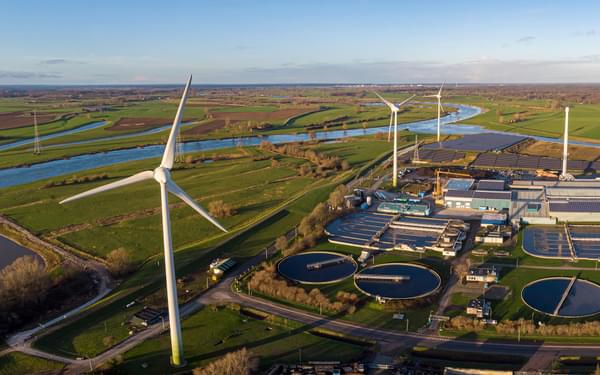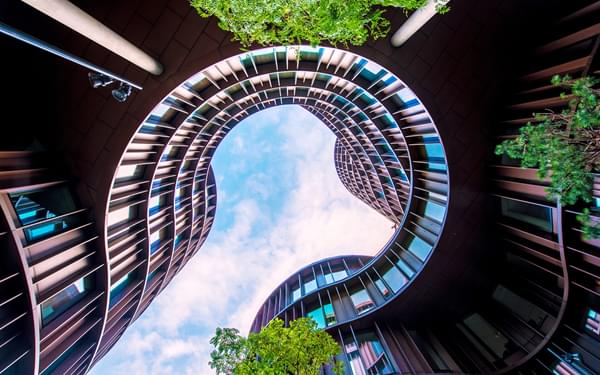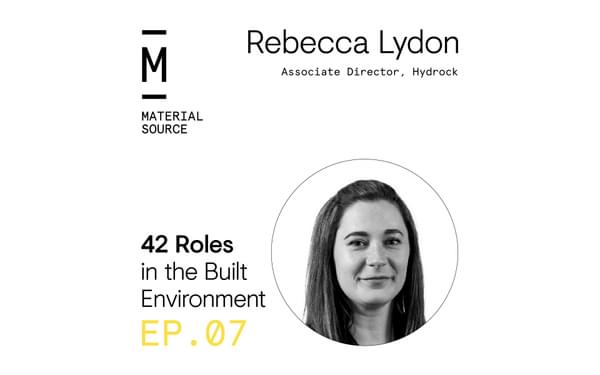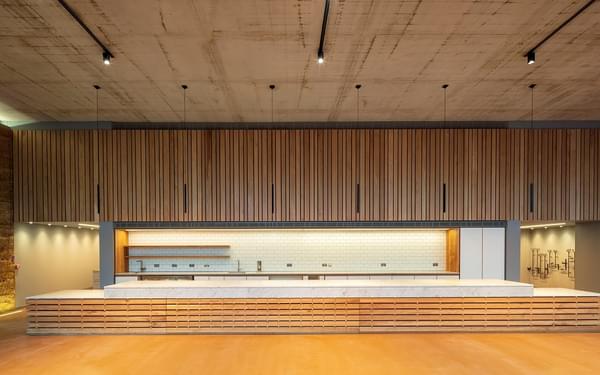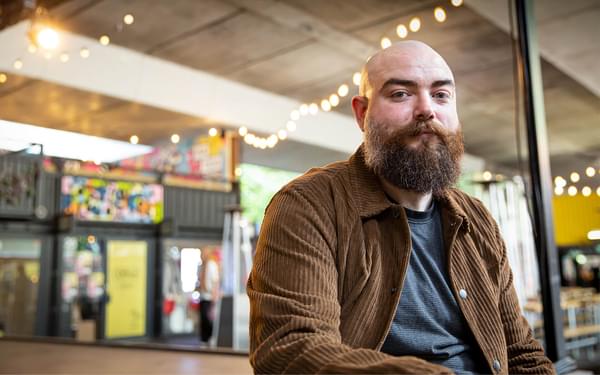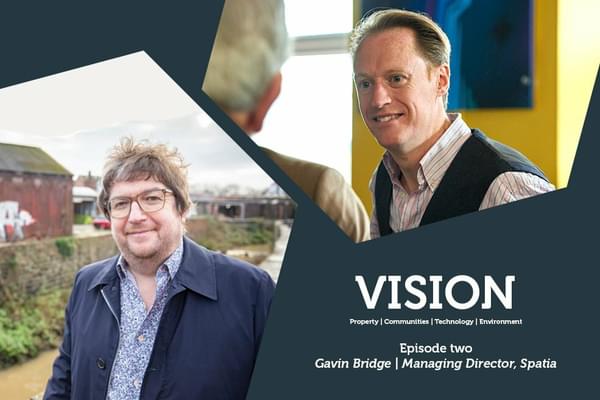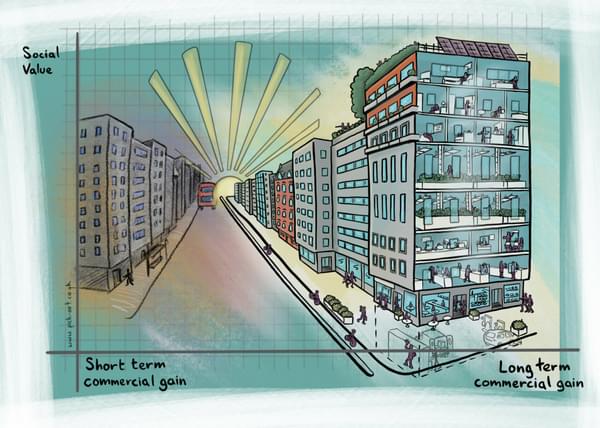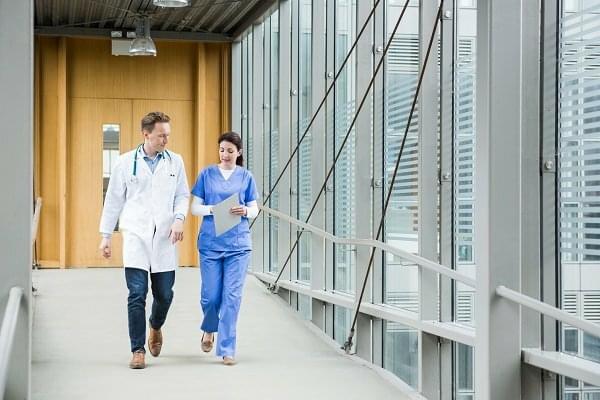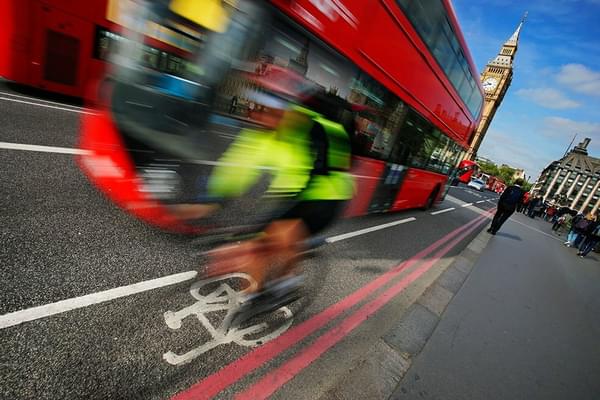
Something unexpected happened when major US retailer, Target, altered their store design for approximately half their stock in a quest to reduce energy consumption. By allowing natural light through the roof rather than relying on artificial lighting, they achieved those savings, but gross sales also increased by 40%. Why? Because in a better environment, customers lingered for longer, bought more goods and this translated into increased profit per square foot of between $5-$12.
Despite the evidence that improved wellbeing fundamentally affects the bottom line of a business, there is still little conversation around how the two fit together. But investing in buildings is investing in people. It can create a 'win, win, win' scenario. Take the office environment.
The employee benefits from a better place to work, leaving work feeling calmer and less stressed.
The employer benefits from more productive, creative and innovative staff, giving them a business more resilient to change, with a greater profit margin.
The investor benefits from an asset of greater value, commanding higher rates, with a future proofed yield and improved building performance over time.
So how can wellbeing be designed in, and who needs to be convinced to stump up the extra cash to pay for it?
You can illustrate value with a simple 1:10:20:1000 ratio.
If 1 is what you pay your consultants; 10 is what you pay for construction; 20 is the building's operation costs - energy, maintenance, building management; 1000 is your business operating costs (of which salary accounts for 90%). In essence, over a 25 year period, the business cost is circa 100x greater than the initial investment cost. So, when the greatest costs relate to people, imagine what can be achieved in terms of increased productivity by just a slight increase in upfront design and construction to create the ultimate working environment.
Natural light, low levels of noise, good air quality and biophilia (human contact with plant life and natural materials), each have a fascinating effect on humans. And if they affect humans, they affect business.
For example, natural light determines our circadian rhythm, triggering us to wake and to sleep. It is between 100-500 times brighter than artificial lighting. In schools, placing students in classrooms with significant access to natural light is shown to increase learning rates by a remarkable 20-26%.
There are commercial gains to be had, too. A controlled experiment on a call centre placed staff in three locations: a room with no daylight; a room that overlooked a carpark, and a room that overlooked a park. The call handling rates for the latter group increased by 6-7%.
The bottom line? Wellbeing-focused design offers far more benefits than many realise.
This article originally appeared in Construction News online.
Explore related
- Articles

Navigating the electrifying world of EV charging investments: Making 'big data’ central to due diligence
Read more- Articles

Why the UK government’s case for investment in new oil and gas production is flawed
Read more- Articles

Mark Pearce comments in Fleetworld: How can ChargeUK enable fleets to go electric with confidence
Read more- Articles

Interview: Ric Hampton appointed to Bristol Nights Advisory Board to support nightlife & culture
Read more- Articles
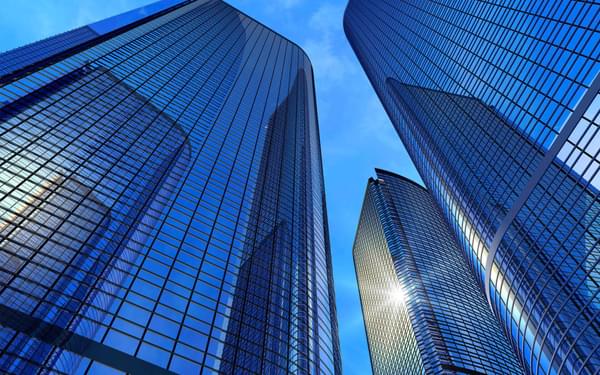
Hydrock comments in Building: The Building Safety Act and what the second staircase rule would mean for high-rise blocks
Read more- Articles

Hydrock roundtable: Diversity and access to careers in the built environment sector
Read more- Articles

Hydrock comments in Building: Strong and stable? This government is anything but when it comes to energy infrastructure
Read more- Articles











